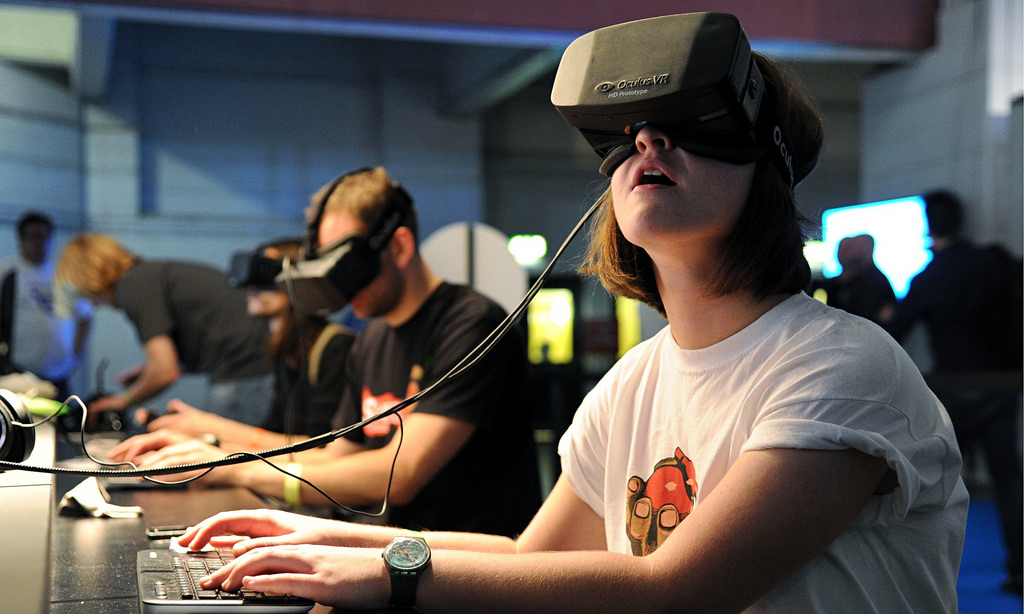Virtual Reality Is Right Around the Corner
WRITTEN BY: ANTHONY PEARSON
It has been some time since the last major change in the way we view visual media. 3D movies are only marginally popular, and their television counterparts remain to most an expensive gimmick. In fact, many would argue that the last major development came with the transition from standard definition to high definition in the early 2000s. Now more than halfway into the next decade, the newest leap in our display technology may be just around the corner – and it may not just be higher definition televisions.

Virtual-reality – commonly abbreviated as VR – is something that developers have been trying to perfect for some time. Early examples by companies like Nintendo often made people sick, could rarely pull off convincing visuals, and were host to a large number of other problems due to technological limitations at the time. With the various advances in technology that this decade has seen, developers are just now able to tackle some of these problems that once made VR so difficult. Smaller, faster, more efficient computational technology has made revisiting VR possible and developers at tech companies such as Valve, HTC, and Oculus prepare to launch their first polished virtual-reality experiences.
At the bleeding edge of these technologies lies the HTC Vive, produced in collaboration with video game software juggernaut Valve. The Vive offers a complete VR kit, designed to allow users to jump into new, fully immersive environments. That is, after all, the point of VR: rather than making elements of a videogame or movie “pop” out, VR attempts to bring you into the world of the media itself.

The Vive offers two wireless controllers, 360-degree tracking tech and room scale movement sensors. This idea of a 360-degree field of view and virtual environment makes for an experience that many say is difficult to describe and shockingly real. An experience like this doesn’t come cheap, however. HTC announced on Feb. 21 that they will be opening pre-orders for the platform at $799, with shipping estimated to begin in early April. HTC and Valve are extremely excited for the launch, with HTC chairwoman and CEO stating that “Since announcing Vive this time last year, we have worked tirelessly with Valve to deliver the best VR experience on the market […] bringing Vive into homes around the globe so that people can experience immersive virtual reality in a way that fires the imagination and truly changes the world.”

Despite all the hype, HTC and Valve do not own the VR market, with a slightly cheaper – but equally innovative – option coming in the form of Oculus’s VR headset, the Rift. While it comes with less technology for room-scale tracking, it still offers an extremely immersive 360-degree visual experience and includes a microphone, remote, built in headphones, and an Xbox One controller. The Rift ships on March 28 with a $600 price tag.
As with all cutting edge technology, virtual-reality is expensive and not yet targeted at a general audience. That said, as it becomes more proven and cost effective, VR may very well become the next viewing standard. Only time will tell.




